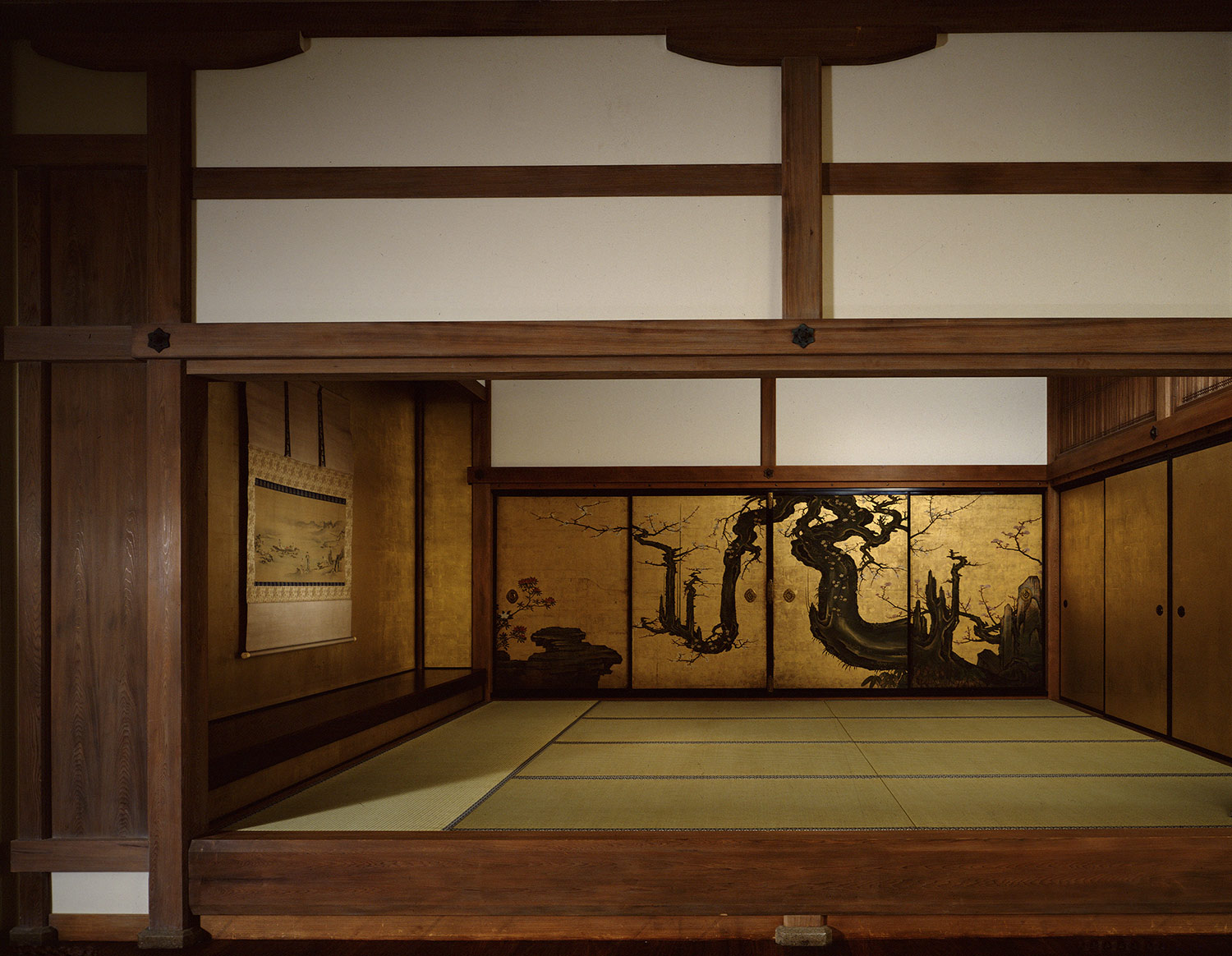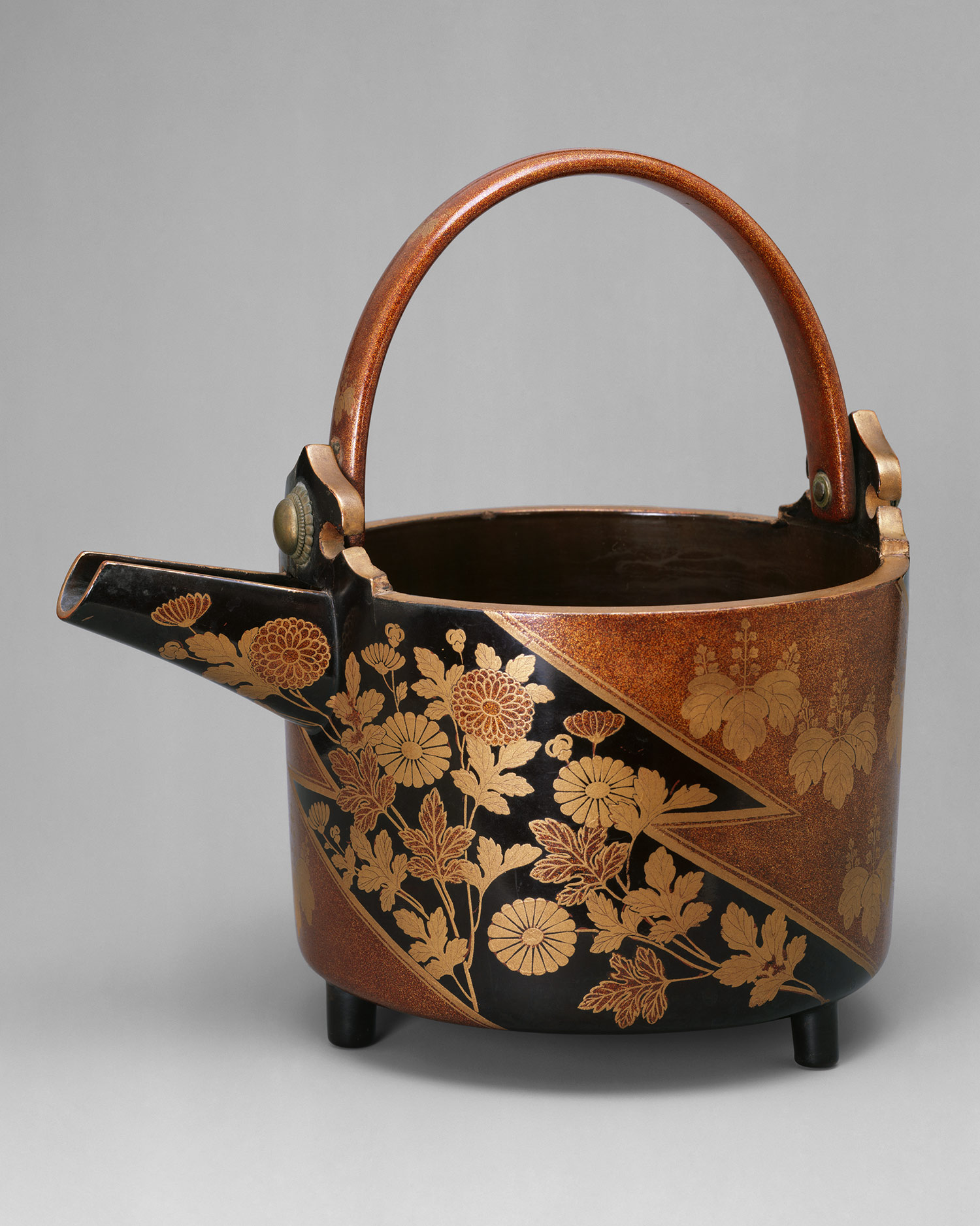
San Francisco already features one of America's oldest and largest Japantown, but come August 2009, it'll get a fresh infusion of modern J-Pop culture with the opening of New People, a spanking new three-story building that will feature the latest, greatest and coolest films, fashions, art and design straight from Japan. From the movie theater in the basement screening new and classic films to the fashion boutiques featuring top labels straight from Tokyo and an art gallery on the top floor, New People promises to make Japanese pop culture even more exciting and accessible to Americans than ever.
Located at 1746 Post Street (across from the Japantown Center), the 20,000 square foot New People building is currently under construction, and is scheduled to open to the public on Saturday, August 15, 2009. You can follow the progress of this project by visiting the New People website, NewPeopleWorld.com and clicking on the "News" section for the latest photos and updates straight from the site. You can also sign up to receive updates via email, so you can be one of the first to find out about events scheduled to celebrate New People's arrival in the City by the Bay.
So what can you expect to find at New People when it opens? Here's a floor by floor breakdown:
Basement: VIZ Cinema - a 143-seat theater with "high-definition digital projection and THX®-certified sound" that promises to show a mix of current and classic films from Japan, anime and live action movies and documentaries.
1st Floor: Cafe & Restaurant - New People wasted no time in getting two dining establishments that would please even the most picky gourmand to anchor their building. Blue Bottle Coffee Company is a Bay Area coffee roaster and cafe that specializes in absolutely addictive "this ain't your auntie's Starbucks" coffee and espresso drinks. There are already several Blue Bottle cafes and kiosks around town and they always attract a crowd of hardcore caffeine devotees.
Meanwhile, Delica rf-1 (one of my favorite places to eat in the San Francisco Ferry Building) offers gourmet Japanese bentos, salads and snacks that are light, healthy and tasty.
Mezzanine: NEW PEOPLE: The Store - The New People aesthetic comes together in their signature shop, which promises to offer "all that is kawaii (cute), fun, fabulous and bizarre," in apparel, books, toys, DVDs, music, design items, with "exclusive product designs and limited edition goods" to make it extra worth your while to check out items you won't be able to find any where else.
2nd floor: Fashion Boutiques, featuring Baby the Stars Shine Bright, 6% DokiDoki and Black Peace Now - You know all those fabulous fashions you've seen in movies like Kamikaze Girls or in the pages of Gothic & Lolita Bible? Now you can get the hottest styles straight from the streets of Tokyo at these three leading fashion houses. Lolita fashion house Baby, the Stars Shine Bright is opening their first flagship shop in New People. If you're into this fabulously frilly style, you like to know that Baby is looking for a General Manager to run their first US flagship shop. Also on the 2nd floor will be Black Peace Now, a label known for "mixing Japanese gothic and punk details into powerful, exquisite silhouettes." And on a lighter note there's 6% DOKIDOKI, which embodies "girl culture from the center of Harajuku!" Look for "crazy fun, crazy colors and crazy love" in their line of accessories, clothes and "objects that will stir your imagination."
3rd Floor: Superfrog Gallery - Look for modern, fun and thought-provoking exhibits to show up here. Stay tuned for announcements on the artist (or artists) who will be featured in the debut exhibit at this venue.
New People is the brainchild of Seiji Horibuchi, the founder and CEO of VIZ Media, and is fueled by a $15 million investment from Shogakukan, one of Japan's leading publishers, and part-owner of VIZ Media.
"New People is a truly unique space devoted to creativity and self expression, and will become a cultural destination unlike any other in the United States,” says Horibuchi. "New People will help nurture Japanese pop culture and also connect the public with its diverse creators. As North America continues to embrace a variety of hip trends from Japan, we look forward to expanding the vision of New People globally through film, art and other multimedia and forging innovative cross-cultural creative partnerships."
Pretty exciting stuff, right? Makes me extra glad that I call the Bay Area home that I'll be able to experience and enjoy New People often after its debut in August. Stay tuned for more updates as VIZ and New People trickle out announcements about special events that are sure to be scheduled to commemorate the opening of this new J-Pop center.









